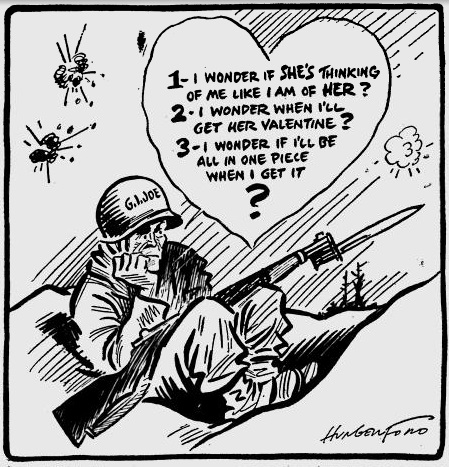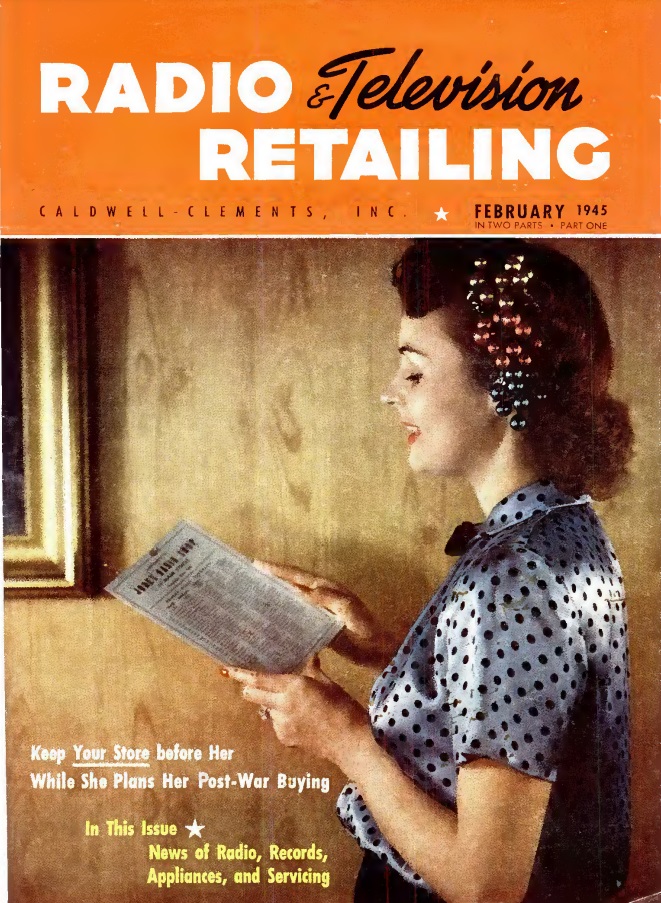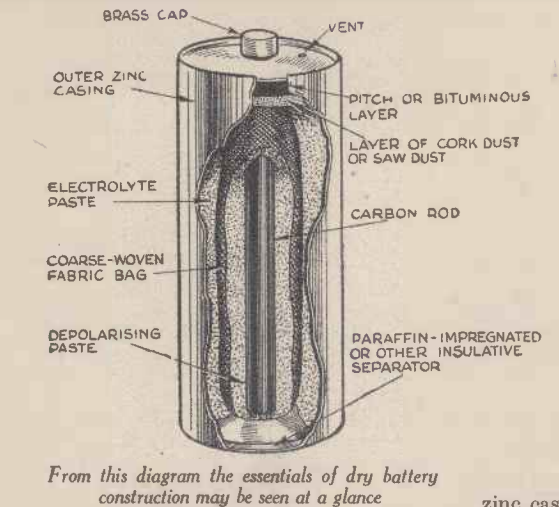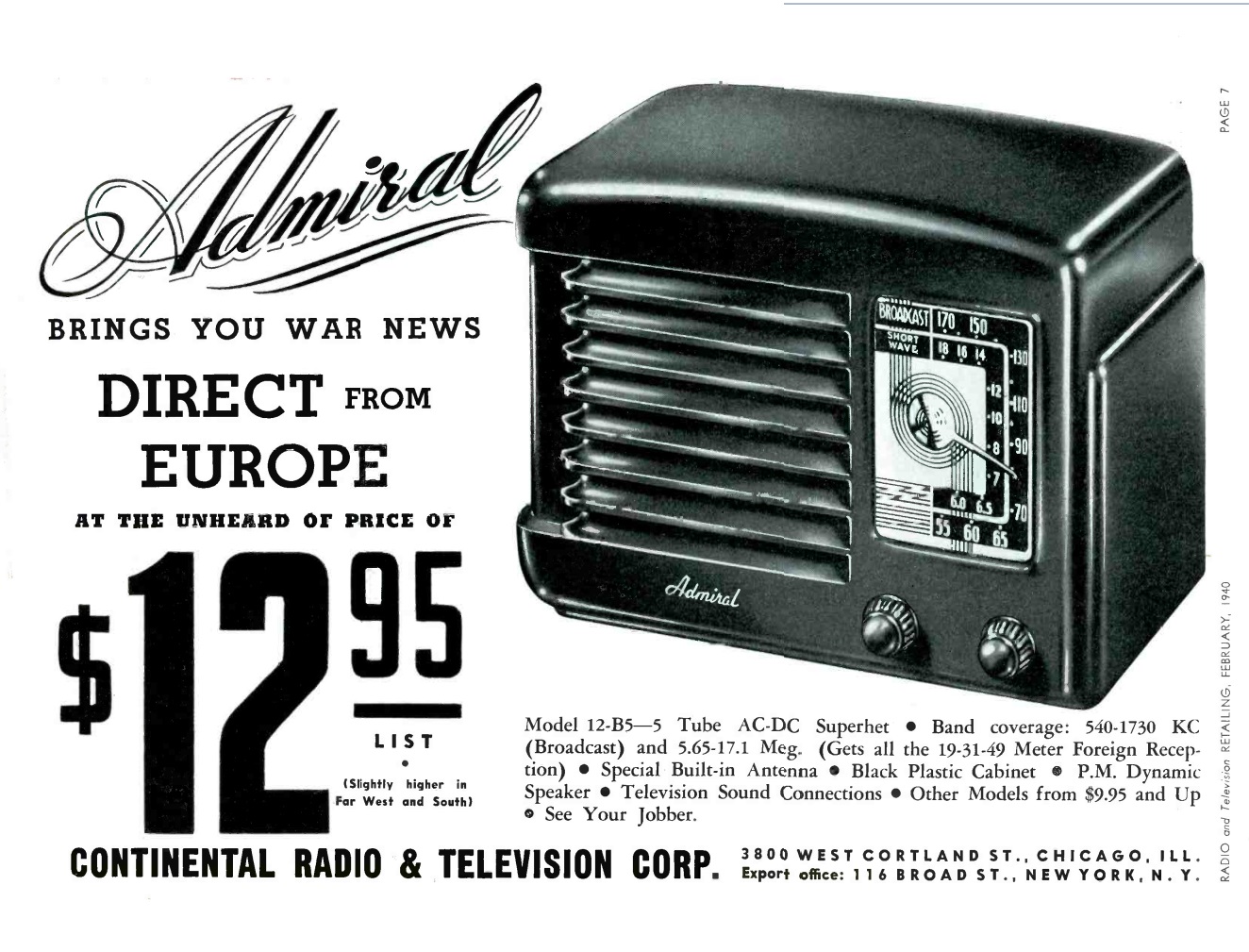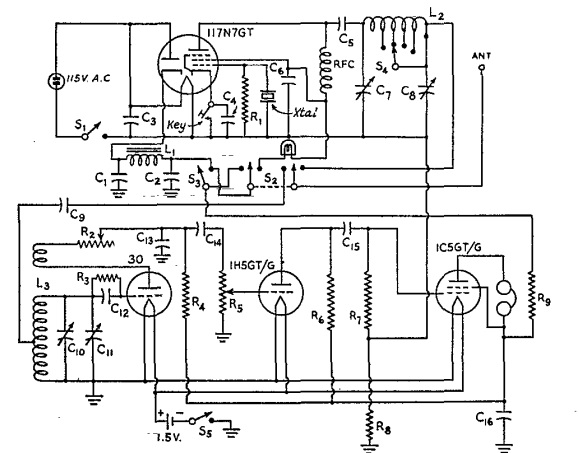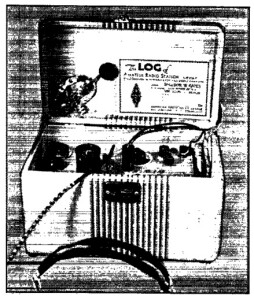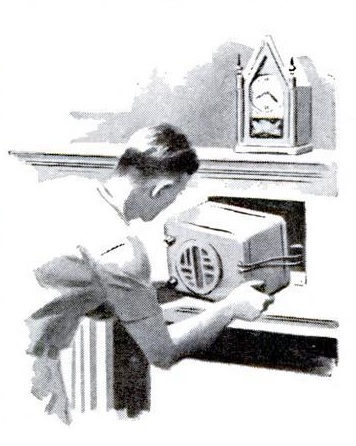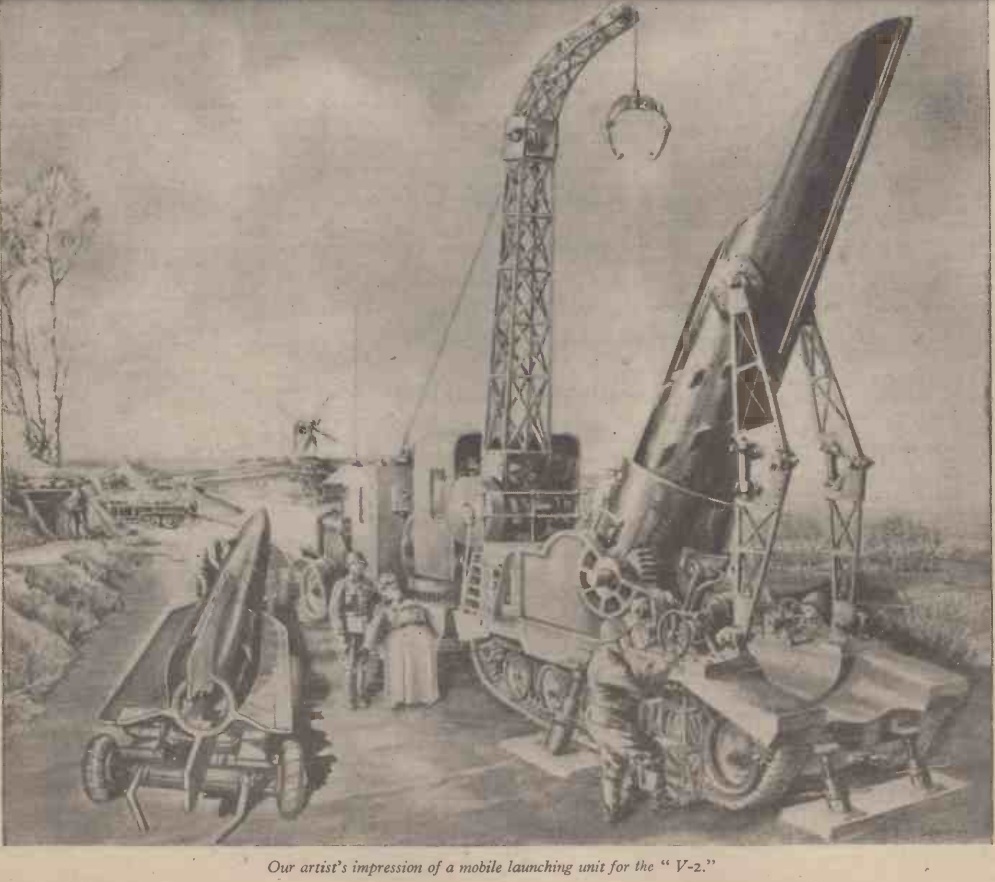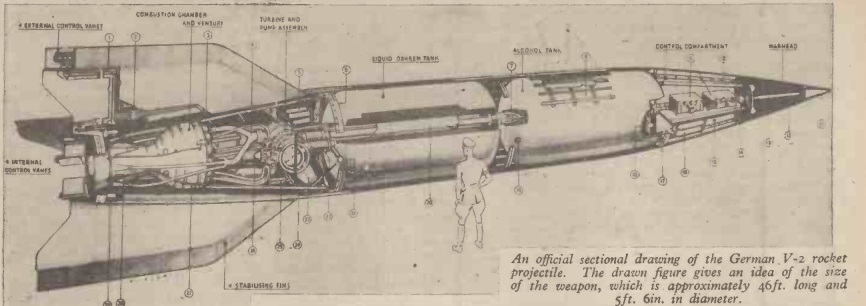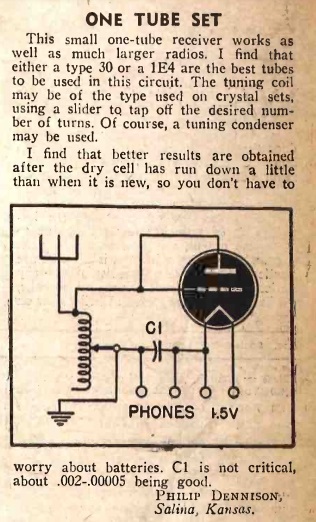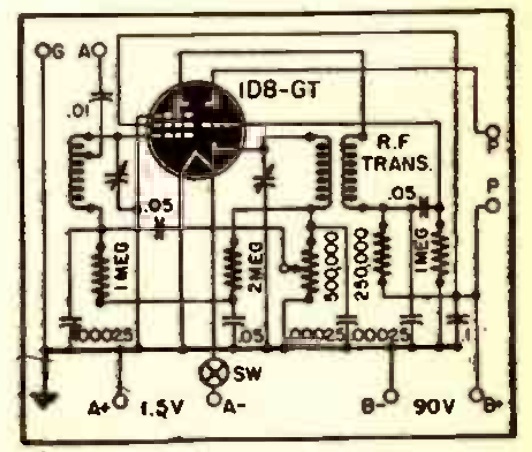 Eighty years ago, the March 1945 issue of Radio Craft showed this circuit for a one-tube radio that actually had four stages. The tube is a 1D8GT, which appears to be at first glance a double tube. But it’s actually a triple tube. On the left is a pentode and on the right is a triode. Down in the lower right side of the tube there is what appears to be a cathode, but it’s actually the plate of the third part of the tube, a diode.
Eighty years ago, the March 1945 issue of Radio Craft showed this circuit for a one-tube radio that actually had four stages. The tube is a 1D8GT, which appears to be at first glance a double tube. But it’s actually a triple tube. On the left is a pentode and on the right is a triode. Down in the lower right side of the tube there is what appears to be a cathode, but it’s actually the plate of the third part of the tube, a diode.
The circuit first amplifies the RF signal with the pentode, and then sends it to the diode to be detected. Then, the pentode is reflexed and serves as AF amplifier. Finally, the triode is used as a second stage of AF amplification. So the single tube actually takes the place of four tubes.
The circuit had been sent in to the magazine by one Sgt. L.R. Blattner, of Tinker Field, Ohio.

